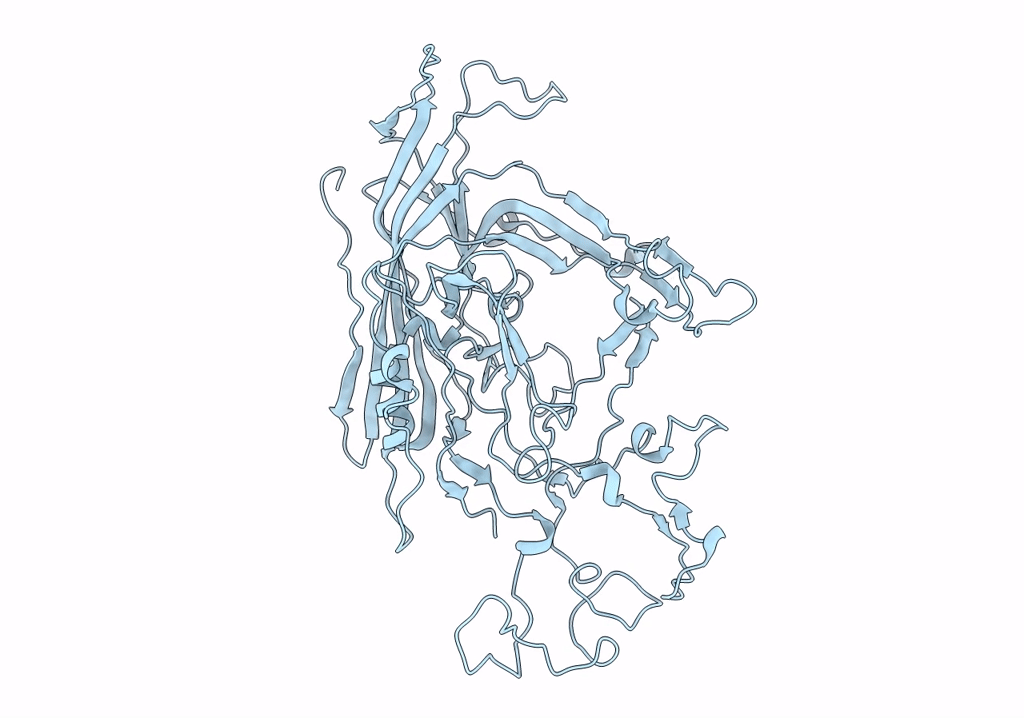
Deposition Date
2019-03-18
Release Date
2019-09-18
Last Version Date
2024-11-06
Entry Detail
PDB ID:
6OAS
Keywords:
Title:
Structure of canine parvovirus in complex with transferrin receptor type-1
Biological Source:
Source Organism:
Canine parvovirus 2 (Taxon ID: 246878)
Method Details:
Experimental Method:
Resolution:
3.00 Å
Aggregation State:
PARTICLE
Reconstruction Method:
SINGLE PARTICLE


